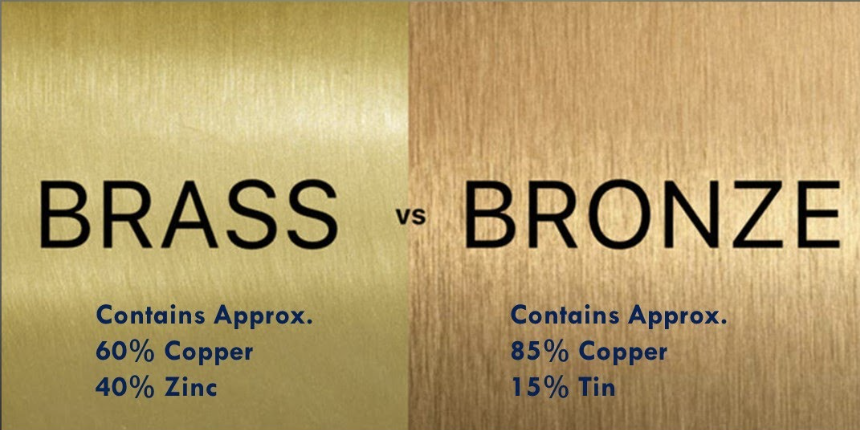When it comes to scrap metal recycling, few materials confuse sellers as much as bronze and brass. At first glance, these metals look very similar: both are golden in colour, heavy, and commonly found in plumbing fixtures, decorative items, and machinery parts. However, if you’re selling to a scrap yard like Premier Metals in Perth, it’s crucial to know which one you have — because the value can vary significantly.
In this detailed guide, we’ll explain the key differences between bronze and brass, how to identify them, what affects their scrap prices, and why separating them properly matters when selling to a dealer.
Contact Premier Metals today to sell your scrap metals at the best price at 08 6252 8500
At Premier Metals, we often see sellers bring in a box of mixed brass and bronze, assuming they’re the same thing. The truth is:
By understanding the difference, you’ll get the best possible price for your scrap and make recycling more efficient.
Both bronze and brass are copper alloys, meaning they are primarily made of copper but mixed with other metals to give different properties.

Here’s a quick breakdown:
| Feature | Bronze | Brass |
| Main Composition | Copper + Tin | Copper + Zinc |
| Colour | Dull brown with a reddish tone | Bright gold or yellowish |
| Strength & Hardness | Harder and more brittle | Softer and more malleable |
| Uses | Bearings, bushings, ship parts, sculptures | Plumbing fittings, locks, musical instruments |
| Corrosion Resistance | High resistance, especially in saltwater | Good resistance, but weaker than bronze |
| Sound | Produces a deeper, duller sound | Produces a sharper, ringing sound |
If you’re unsure which type of metal you have, here are some practical tips:
Both metals are non-magnetic. If your sample sticks to a magnet, it’s likely mixed with steel or iron.
Tap the piece with a hammer or another piece of metal:
At Premier Metals in Perth, we base our prices on global commodity markets, local demand, and the grade of metal. While prices fluctuate daily, here’s a general idea of how bronze scrap and brass scrap values compare in Australia:
| Metal | Average Price Range (AUD/kg) | Notes |
| Bronze Scrap | $6.50 – $7.50 per kg | Higher copper content, more valuable |
| Brass Scrap | $4.50 – $6.50 per kg | Widely available, slightly lower value |
⚠️ Disclaimer: These prices are subject to change based on market conditions and regional variations. For the most up-to-date rates, always contact Premier Metals in Perth directly.
The higher copper content in bronze makes it more valuable at scrap yards. Copper is in high demand across industries like construction, electronics, and renewable energy. Since bronze is less commonly found compared to brass, it often carries a premium price.
That said, clean and well-sorted brass scrap can still fetch excellent returns — especially yellow brass and plumbing brass.
You might not come across bronze as often, but here are typical sources:
Brass is more common in everyday items, especially in homes and construction:
At Premier Metals, we recommend sorting and cleaning your scrap before selling. This ensures you get the highest payout possible.
Scrap recycling isn’t just about cash. It supports sustainability and reduces the need for mining.
At Premier Metals in Perth, we’re committed to reducing waste and ensuring that valuable metals are reused effectively in the circular economy.
Not always. While bronze typically has higher copper content, the actual value depends on purity, demand, and market prices. High-grade brass can sometimes fetch prices close to bronze.
Yes, but it’s not recommended. Scrap yards will usually price the entire lot at the lower value metal (brass). For maximum returns, always separate them.
The cleaner the scrap, the better the payout. Removing paint, plastic, or steel attachments ensures you get the best price.
You can bring your bronze, brass, and other metals directly to Premier Metals in Perth. We offer competitive prices, reliable service, and handle both small loads and bulk industrial scrap.